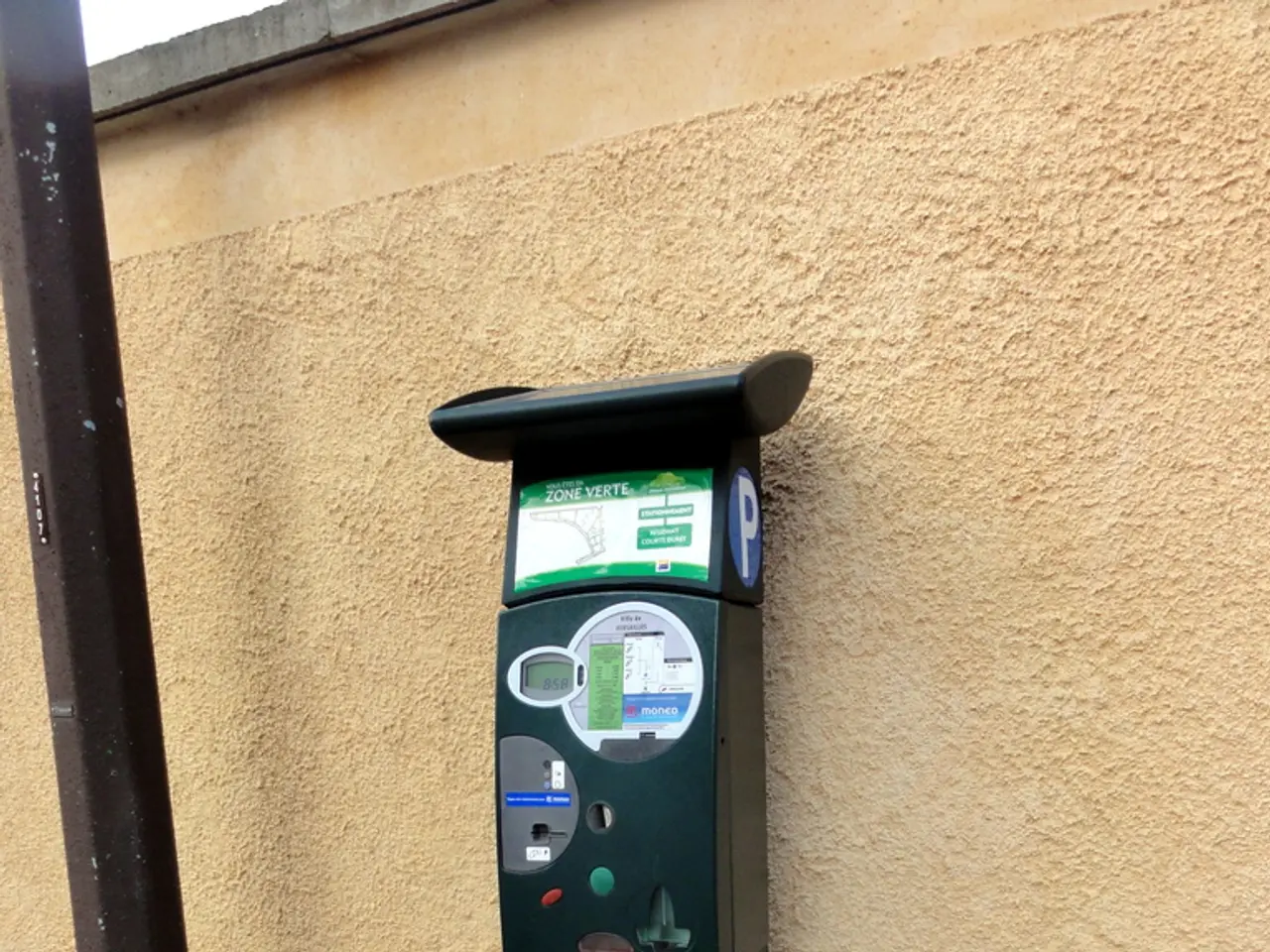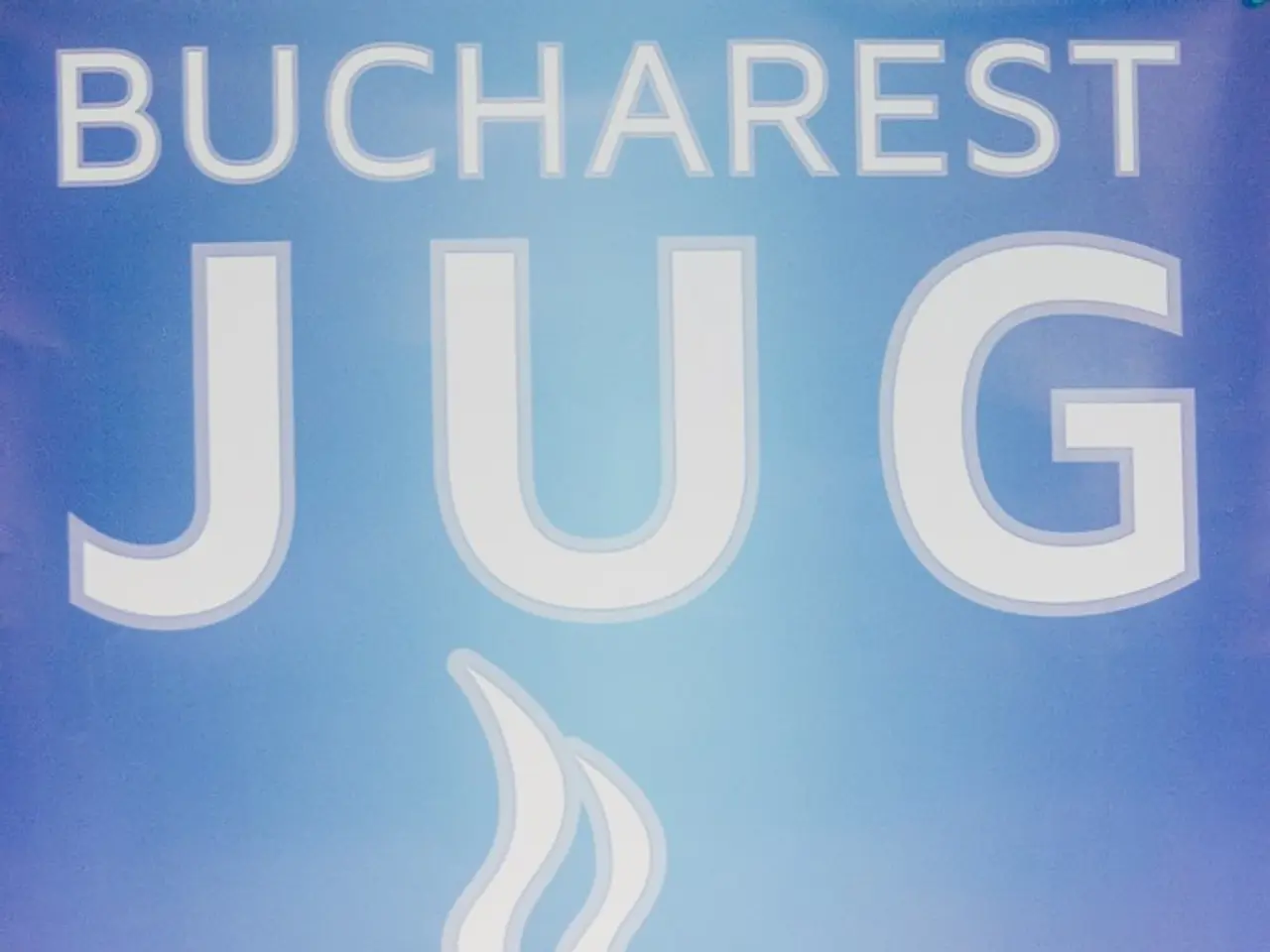With the latest development, tourists in South Korea now have the opportunity to withdraw cash using USDT at Kaia ATMs.
South Korea is making significant strides in the world of stablecoins, with the government actively pursuing a robust legal framework to regulate this digital currency. The recent introduction of competing stablecoin legislation in July 2025 reflects a high level of government engagement, aiming to ensure financial stability, regulatory oversight, and protection against systemic risks [1][2][3][4].
The proposed legislation shares provisions such as requiring stablecoins to be fully backed by liquid assets, equal to at least 100% of the outstanding supply. This oversight responsibility will be assigned to the Financial Services Commission (FSC), with the Bank of Korea (BOK) and the Ministry of Economy and Finance also playing key roles [1][3]. The bills prohibit interest payments on stablecoin holdings under the ruling party's bill to avoid market disruption, though the opposition party advocates allowing interest payments to increase competitiveness abroad.
The regulatory environment suggests stringent controls will be placed on stablecoin issuance and redemption, which are essential functions for ATM operations. Stablecoin issuers must maintain high liquidity reserves and rapid redemption processes to protect users. The involvement of financial regulators and monetary authorities implies that the use of these stablecoin ATMs will be closely monitored, with safeguards to prevent disruption to the banking system and to maintain the won’s monetary sovereignty [1][3].
The placement of stablecoin ATMs in commercial areas may be a test of real-world crypto infrastructure within legal limits. The machines, visible, easy to use, and integrated with infrastructure such as convenience stores and transit hubs, support Kaia-issued USDT, a version of Tether’s stablecoin on the public blockchain formed from the merger of Klaytn and Finschia [1]. Verified foreign passport holders can withdraw fiat in 85 currencies or load funds onto a local transit card.
Stablecoin ATMs with USDT to cash conversion are now live at tourist and retail sites across South Korea. While the rollout is officially limited to tourists, some locals have reportedly attempted to access the machines discreetly. One challenge lies in KYC, or know-your-customer rules for identity verification and background checks, which could limit the accessibility of these ATMs for locals [1].
Dr. Sangmin Seo, chairman of the Kaia DLT Foundation, expressed a "real desire to pursue" the country's stablecoin industry. President Lee Jae-myung is advancing a crypto-friendly agenda, proposing new legislation to regulate and expand stablecoin issuance [2]. The proposed Digital Asset Basic Act allows companies with at least 500 million won in equity to issue stablecoins, including a won-pegged version aimed at curbing capital flight [3]. Companies operating under a sandbox model, like DaWinKS, gather insights on usage patterns and operational risks ahead of future policy shifts [4].
The future of stablecoins in South Korea depends on how lawmakers resolve questions about stablecoin oversight, including who can issue tokens, how reserves are structured, and the role private firms may play in the national payments system. Fintech solutions like DaWinKS demonstrate how these issues can be connected and resolved without hindering consumer convenience [4]. As South Korea continues to shape its stablecoin industry, it sets an example for other countries navigating the complex world of digital currencies.
[1] Choi, J. (2025). South Korea's Stablecoin ATMs: Regulation, Accessibility, and the Future of Crypto. The Korea Herald. [2] Park, H. (2025). South Korea Embraces Stablecoins: A Crypto-Friendly Agenda. The Hankyoreh. [3] Kim, S. (2025). South Korea's Stablecoin Legislation: A New Era for Digital Currencies. The Korea Times. [4] Lee, J. (2025). Fintech and Stablecoins in South Korea: A Look at DaWinKS Solutions. The Korea Economic Daily.
- The proposed Digital Asset Basic Act in South Korea allows companies with at least 500 million won in equity to issue stablecoins, including a won-pegged version to combat capital flight.
- Stablecoin issuers in South Korea, under the regulatory framework, are required to maintain high liquidity reserves and swift redemption processes to protect users and support ATM operations.
- The government of South Korea is actively engaged in regulating crypto, with the Financial Services Commission (FSC), Bank of Korea (BOK), and the Ministry of Economy and Finance playing key roles in overseeing stablecoin operations.
- Stablecoin ATMs, such as those offering Kaia-issued USDT, are now operational in tourist and retail sites across South Korea, though KYC rules may limit local access due to identity verification requirements.
- The future of stablecoins in South Korea revolves around resolving questions regarding stablecoin oversight, such as who can issue tokens, the structure of reserves, and the role private firms may play in the national payments system, without hindering consumer convenience.




